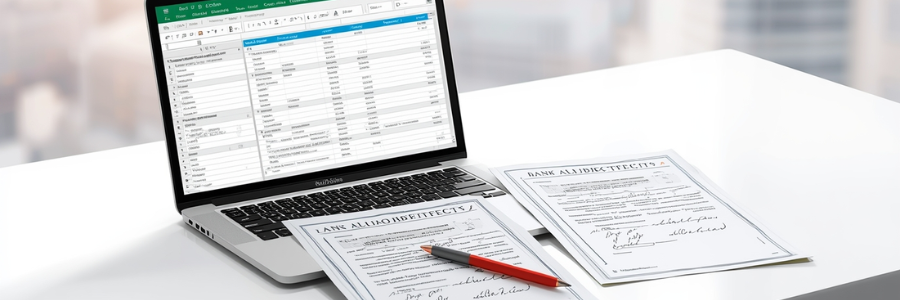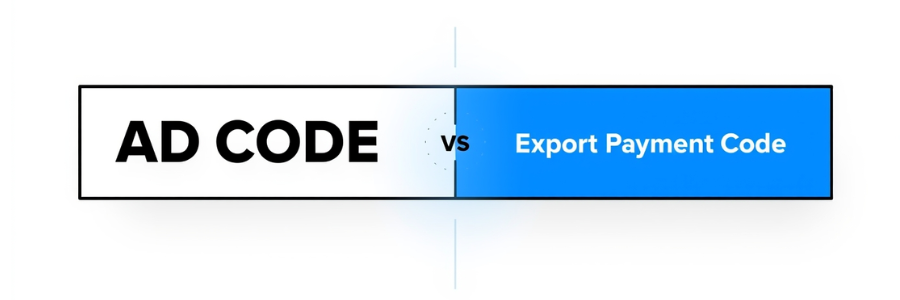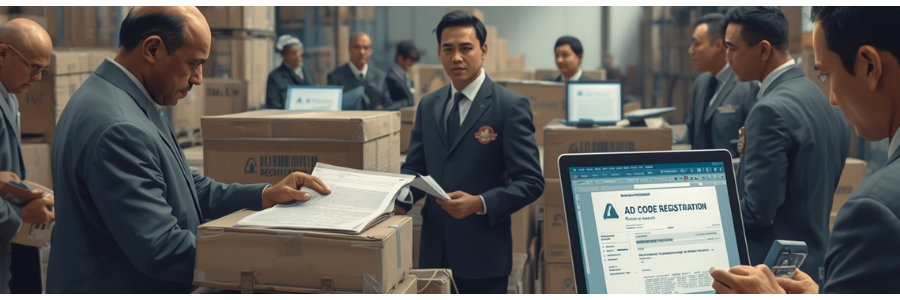AD Code vs. Bank Realisation Certificate (BRC): Key Differences Explained
For all export clearance, the valid documents are essential for managing international trade activities. In general, the export documents are important for smooth customs clearance, minimizing shipment delays, and proving compliance with regulations. The documents highlight the informative details, such as the goods, their range, value, quantity, and other major information. In the international market, one of the most recognized documents is the AD code, including BRC. Well, both have different functions but are interconnected via the Export Data Processing and Monitoring System. In this blog, we will simplify the differences between AD code registration and BRC (Bank Realization Certificate).
What are the Benefits of AD Code Registration?
The AD (Authorized Dealer) code is used for these purposes:
- The authorized dealer code ensures smooth customs clearance with quick and easy shipping bill filing. Important for avoiding delays.
- The AD code, which links the current bank account to the customs system, is essential for the direct credit of duty rebates and GST refunds.
- Having a valid AD code makes a positive impression in front of the regulatory bodies, international buyers, and banks.
- It makes the foreign exchange transaction procedure smooth and transparent.
What is BRC: Bank Realization Certificate?
The Bank Realization Certificate (BRC) acts as a proof document. It is an issue with the bank where the exporter holds their current account. The certificate demonstrates that the foreign payment for exported goods has been received. An exporter first needs to report the exported goods’ value to their bank. Then, the export record transaction is submitted in the Export Data Processing and Monitoring System (EDPMS) by the same bank. Once the exporter receives the foreign payment from the importers, it submits a shipping bill to the bank. The banks reject all corresponding entries in the EDPMS and issue the e-BRC certificate to exporters.
The Major Key Details Highlights on BRC
- The names of the exporter and importer
- Address of exporter and importer
- Shipping Bill number
- Currency and Invoice number
- Amount received by the exporter in Indian rupees
- Realization Date
Step-by-Step Guide: How Banks Issue BRC Certificate
Before obtaining the BRC, the exporter must file the AD code on ICEGATE that links the bank to the customs system. Here is the step-by-step guide on how you can get the BRC certificate from the bank:
Step 1: Submit Transactions Record to Bank
The exporter is first required to submit its export transaction value to the bank where it holds its current account.
Step 2: Documents Submit to Bank
You are required to submit a few major documents to the bank, such as an export invoice, a shipping bill, and an eFIRC (Electronic Inward Remittances Certificate).
Step 3: Verification by Bank
After document submission, the details will be verified by the banks to ensure that the exporter complies with regulations. Upon verification, the transaction record will be registered in the Export Data Processing and Monitoring System (EDPMS).
Step 4: The Bank will issue e-BRC
After the verification of all document details with exit records, the bank will electronically issue the e-BRC. Once it is generated, the corresponding entry on the EDPMS will be canceled. You will be able to view the e-BRC on the DGFT portal.
Step 5: Download the e-BRC
Banks publish the BRC certificate on the DGFT portal. Log in to your profile on the portal and view the e-BRC download section.
Step 6: Use the e-BRC
Once you get it, you will be eligible to claim multiple export incentives. Under the Foreign Trade Policy, you can get the export-supported benefits.
AD Code Registration vs. BRC Certificate: Differences
For international export businesses, the AD code and the BRC certificate are both important documents. However, they play different functions. Here is the brief table to understand the differences:
|
Features |
AD (Authorized Dealer) Code |
BRC (Bank Realisation Certificate) |
|
Function |
To get permission for the foreign exchange transactions, the 14-digit AD code links the exporter’s bank account with the customs department. It further connects the IEC code to the bank. |
A BRC certificate proves that the export payment has been successfully received and ‘realized’ against a specific export transaction. |
|
Role |
Code is the gateway to faster customs clearance approval from the port. |
To claim the export incentives and other benefits, the exporter is required to show the payment proof. Under the Foreign Trade Policy, you can claim a GST refund. |
|
Issuance |
The AD code comes with 14-digit characters, which are issued by the banks. Only RBI-authorized banks can issue the AD code. Once the AD code is approved, it is required to register on the ICEGATE portal. |
Once a foreign payment is received, the relevant bank uploads the BRC certificate electronically on the DGFT portal. The exporter can download the certificate online. |
|
Validity |
An AD code is valid for a lifetime. It doesn’t require renewal. It doesn’t expire unless you change your bank details or port. |
Certificate based on the transaction-specific. It is a valid single export shipment. |
|
Timing |
The AD code registration process is required before starting the export dealing. |
Once the exporter exports goods and receives the export payment, the bank generates a BRC certificate. It generally occurs after goods are exported to an international country. |
|
Requirement |
AD code bank account registration is important for shipping bill generation and customs clearance |
It is vital during the export payment process, as it acts as proof of export proceeds. Exporters can claim DGFT benefits for export. |
How Do AD Code and BRC Work Together?
Both AD code and BRC work together and create a transparent loop for exporters. Here is the direction of the AD code and the BRC working process:
Exporters receive the AD code (14-digit number) from the bank
The code links the AD code to the exporter’s bank and customs system
On the ICEGATE portal, exporters generate the shipping bill with the AD code.
Foreign currency payment received by the bank
e-BRC issued by the bank after payment confirmation
The DGFT profile of the exporter showcases the e-BRC details, which are uploaded by banks
Sum Up | Difference Between AD Code and Bank Realisation Certificate
Without the AD code registration at customs ports, the exporters cannot ship their goods in international markets. The authorized code is used by the export businesses for customs clearance and shipping bill generation. While the AD code is also vital for RBI to keep track of the foreign exchange flow. For the foreign payment final proof, the banks issue the eBRC certificate. Both work together and ensure transparent financial tracking and can claim export incentives. For the seamless export payment process, update your AD code and receive the BRC certificate on time. For more information, visit the LegalRaasta.com website.
Curious to learn more? Click here – Linking Export Payment Code with Bank AD Code for Easy Transactions









